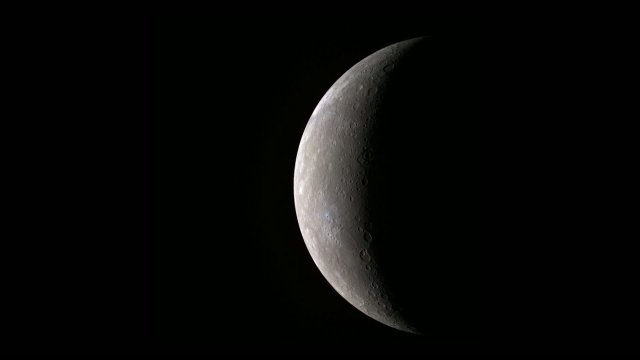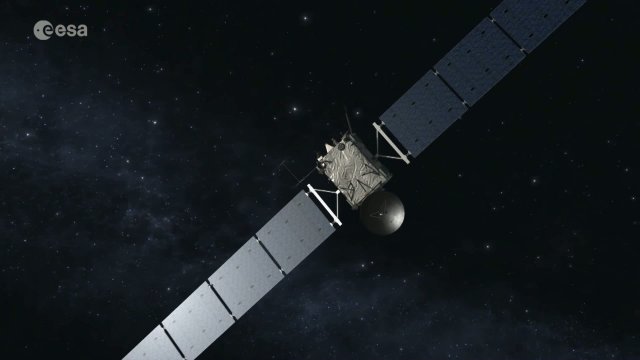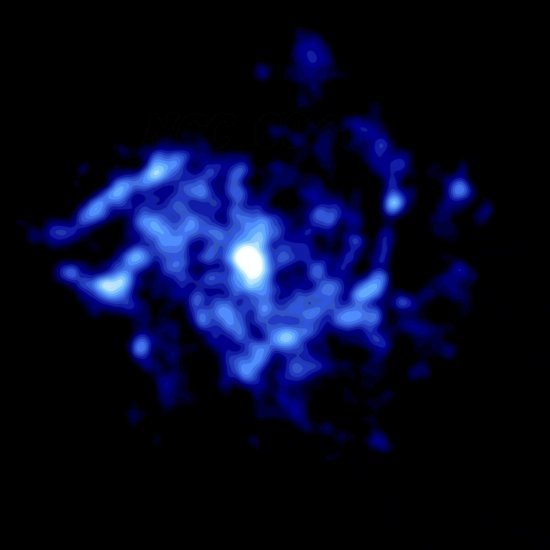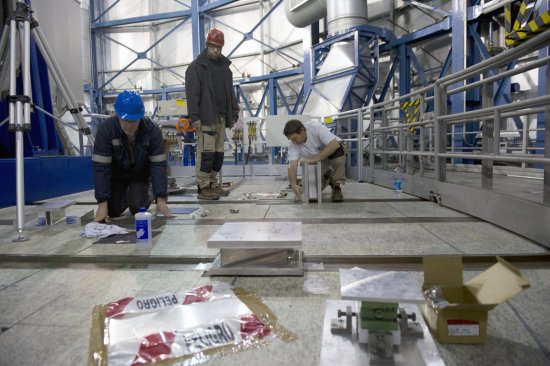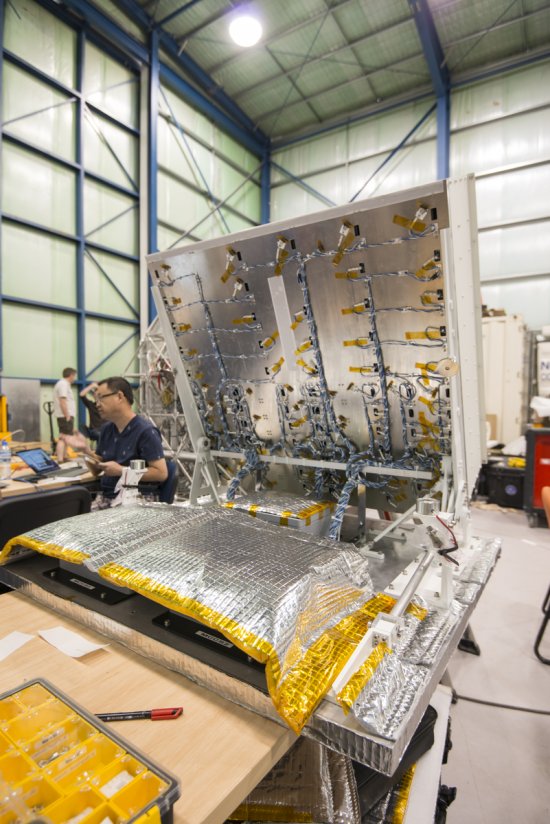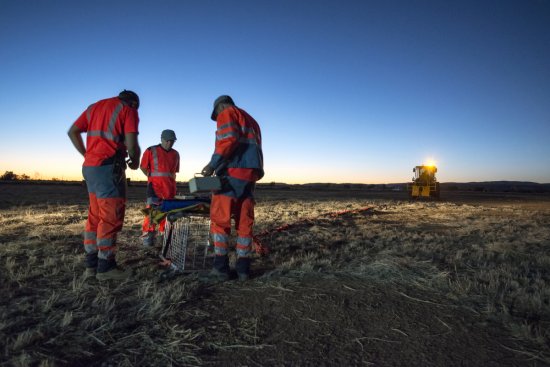Only available for non-commercial distribution
© CNRS - 2019
Reference
6764
Mars Express Mission
Series title
Facing the Universe, a Dive into Space ResearchAfter the Russian "Mars 96” mission had failed, the European Space Agency (ESA) took over the programme and created "Mars Express”. The objectives of sending this new probe to Mars are to map the planet, analyse its subsoil and study its atmosphere. It was launched on June 2, 2003 using a Russian rocket from Baikonur, Kazakhstan, the Mars Express probe reached Mars in only 7 months. Since then, the aircraft has been making a series of rotations around Mars, at the rate of one every 7 hours. Initially planned to last 2 years, the mission has been extended several times due to its vast scientific return.
Six on-board instruments are used for data collection, including OMEGA, a spectro-imager resulting from a collaboration between the LESIA laboratory (Laboratoire d'études spatiales et d'instrumentation en astrophysique/laboratory for space studies and instrumentation for astrophysics) and the IAS institute (Institut d'astrophysique spatiale/space astrophysics institute), and SPICAM, a ultra-violet spectrograph developed by the LATMOS laboratory (Laboratoire Atmosphères et observations spatiales/Atmospheres and space observations laboratory).
Duration
Production year
Définition
Color
Sound
Version(s)
Original material
The use of media visible on the CNRS Images Platform can be granted on request. Any reproduction or representation is forbidden without prior authorization from CNRS Images (except for resources under Creative Commons license).
No modification of an image may be made without the prior consent of CNRS Images.
No use of an image for advertising purposes or distribution to a third party may be made without the prior agreement of CNRS Images.
For more information, please consult our general conditions
Transcription
